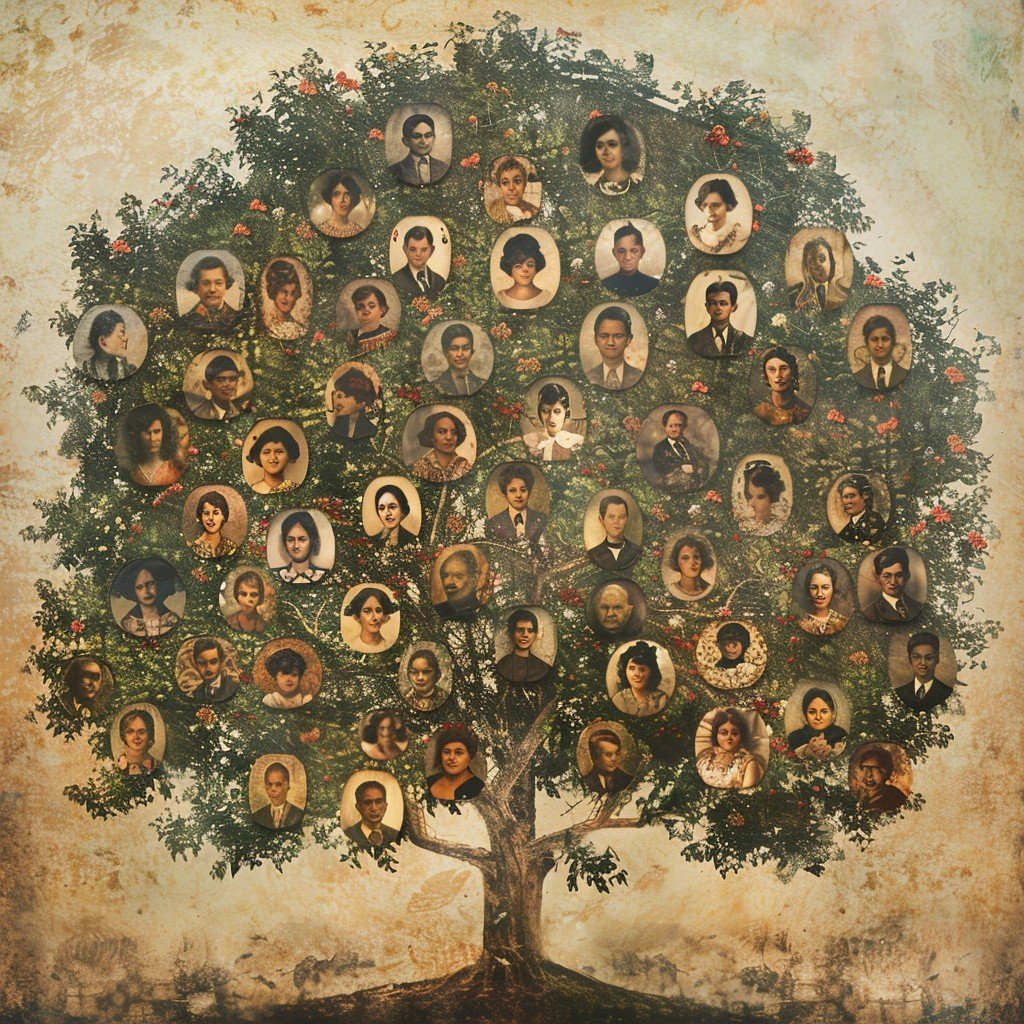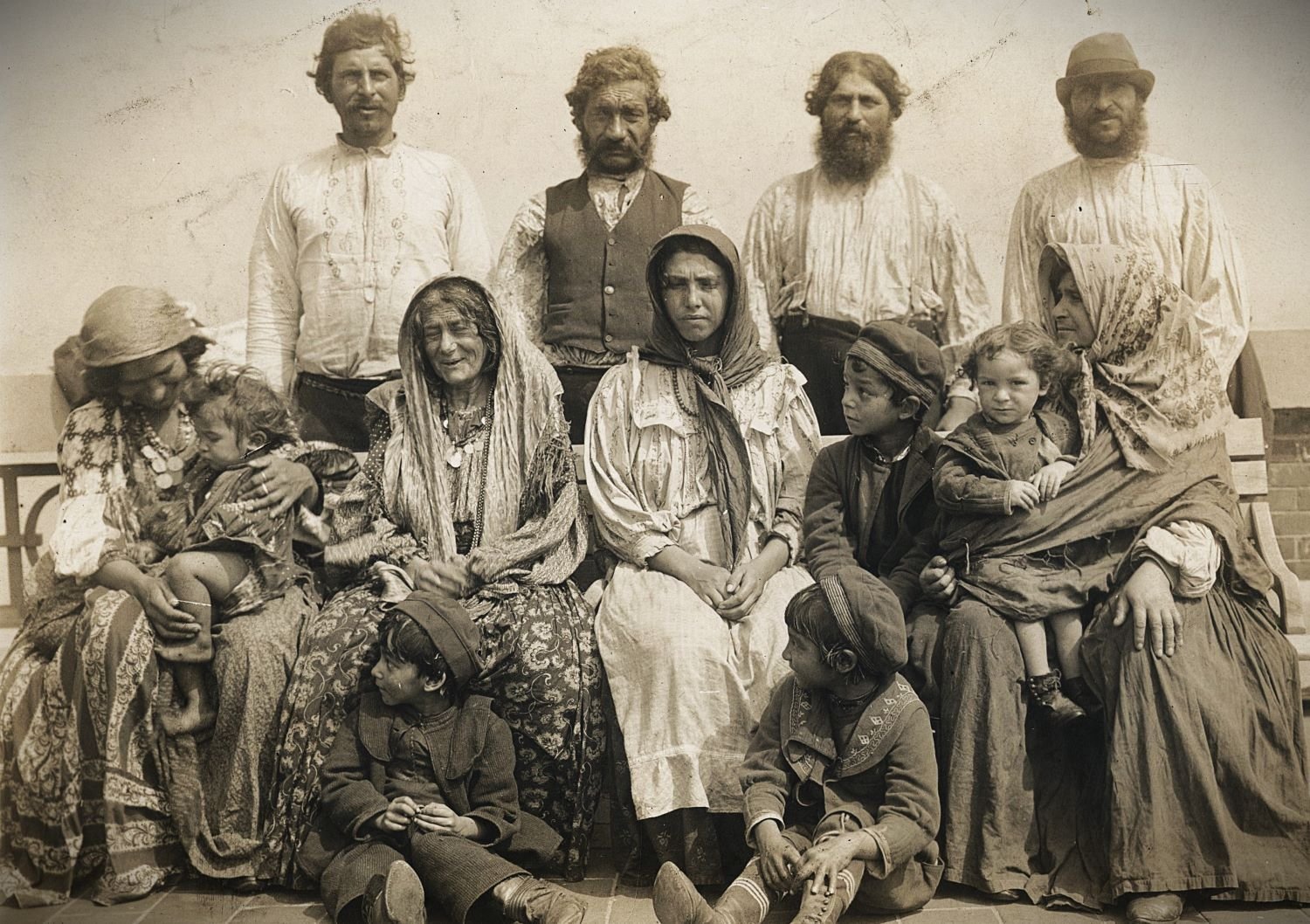Genealogy is more than just tracing names. It’s about uncovering the people, the places, and the stories that shaped your family’s past. But before you start daydreaming about castles in Transylvania or Viking warriors in your bloodline, you need a solid foundation. The first steps for a beginner in family tree research are not only crucial – they can either launch you into thrilling discoveries or send you down frustrating dead ends. This genealogy research checklist for beginners will help you start strong, avoid common pitfalls, and get genuinely excited about your ancestry journey.
Why the First Steps Matter in Genealogy Research
Imagine building a house without measuring the ground first. That’s what genealogy is like without good preparation. Many beginners make the mistake of rushing into record searches or building public trees before verifying their facts. This can lead to messy trees filled with duplicate names, wrong branches, or completely unrelated families. The good news? You can avoid all that with a structured, smart approach.
Step 1: Write Down Everything You Know (Yes, Everything)
Start with yourself and work backwards. Write full names, birth dates, birthplaces, death dates, and any marriages or divorces. Don’t skip middle names – they often hold clues (like a mother’s maiden name). Include nicknames and alternate spellings.
Go beyond just dates. Add details like:
- Occupations
- Military service
- Religion
- Languages spoken
- Where they lived (cities, neighborhoods, even street names if possible)
- Family stories or rumors (yes, even the weird ones – especially those)
- Create a spreadsheet or use a free pedigree chart template (FamilySearch.org offers great printable charts). This early effort becomes your roadmap – and a fact-checking tool later on.
Step 2: Talk to Your Living Relatives About Their Ancestry
Oral history is gold. Call your parents, aunts, uncles, cousins – anyone over 60 is a treasure trove. Ask questions like:
- What were your grandparents’ full names?
- Do you remember any birthplaces?
- Did anyone emigrate? From where? When?
- What jobs did people have?
- Were there any family traditions or customs from other countries?
- Record these conversations if possible. Use free apps like Rev Voice Recorder or Otter.ai to keep a digital copy. Just don’t take every detail at face value – memory can be fuzzy. Use oral stories as leads, not proof.
Step 3: Collect and Organize Family Documents
Start hunting for documents in drawers, attics, and photo albums. Look for:
- Birth, marriage, and death certificates
- Obituaries
- Old passports and immigration papers
- Military records
- School diplomas and yearbooks
- Church records (baptisms, confirmations, funerals)
- Letters and postcards
Scan or photograph everything. Store digital copies in organized folders by surname or family branch. Label each file with a clear name (e.g., “Maria_Smith_birth_cert_1897”). This will save you future headaches.
Free tools to organize your research:
- Google Drive or Dropbox for cloud storage
- Canva or Lucidchart to visually map branches
- Airtable or Notion for customized databases
Bonus Tip: Dig Into Family Bibles and Diaries – The Forgotten Archives of Gold
One of the most overlooked yet incredibly rich sources for family research is something you might already have hidden in your attic, or tucked away in your aunt’s linen closet: old family bibles and handwritten diaries. In many families, especially during the 18th to early 20th centuries, bibles weren’t just for prayers – they were the original family tree documents. People would carefully record births, deaths, marriages, baptisms, and sometimes even notes about moves, illnesses, and local events. These pages can fill in gaps that no online record ever will, especially if you’re dealing with time periods or regions where civil records are scarce or nonexistent.
What to look for in a family bible:
- Inside cover or first few pages for handwritten lists of names and dates
- Pressed flowers, funeral cards, or birth announcements
- Notes in the margins that reference family events or relationships
- Hand-drawn family trees or lineage diagrams
What to look for in diaries:
- Mentions of relatives visiting, passing away, or having children
- Details about where someone lived or worked at a given time
- Clues about maiden names (e.g., “Aunt Minnie Smith, before she married Uncle Joe”)
- Local events or gossip that can help date certain events (“They danced the Charleston all night at Susie’s wedding in ’26”)
Pro tip: These items often survive in unexpected places – passed between distant cousins, packed in boxes, or donated to local libraries or historical societies. If your immediate family doesn’t have them, ask around. Someone, somewhere, might just have that one bible page or diary entry that unlocks your biggest mystery. And if you’re lucky enough to find one? Handle it gently, scan it immediately, and consider transcribing the entries – they’re fragile time travelers holding onto your family’s long-forgotten secrets.
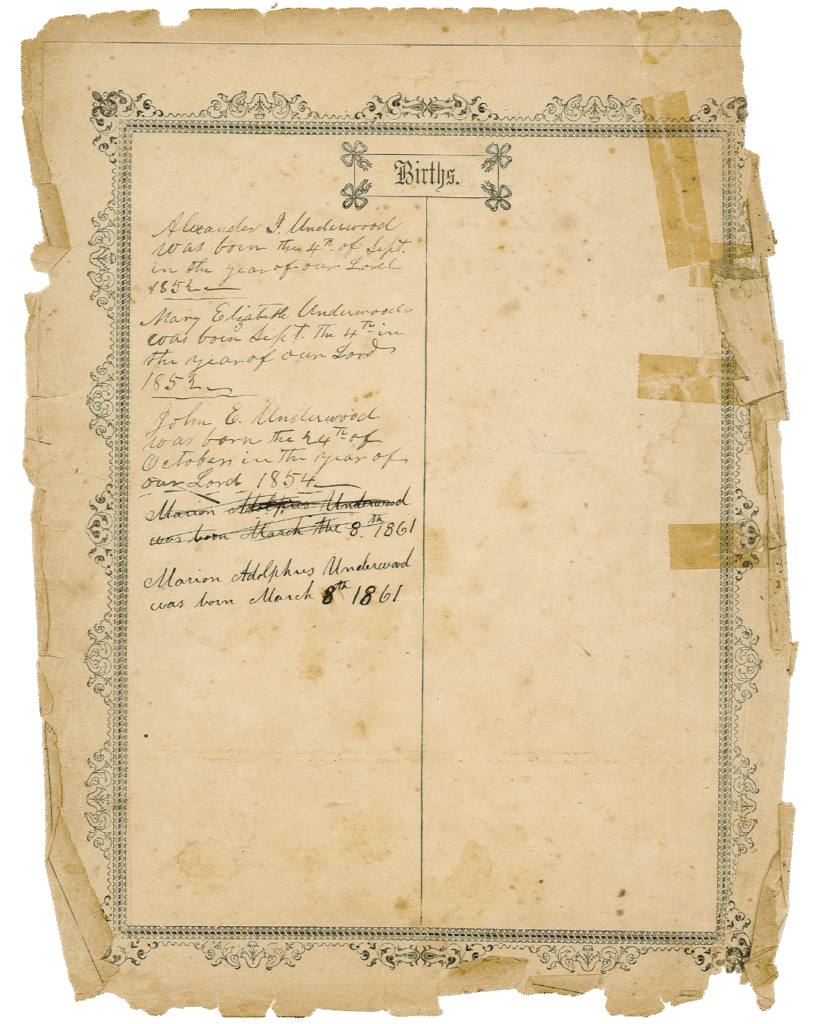
Step 4: Set Clear, Manageable Genealogy Research Goals
A huge beginner mistake is trying to “trace everything.” Focus is your friend. Example goals:
- Identify my paternal great-grandfather’s birthplace
- Verify the maiden name of my maternal great-grandmother
- Discover where the Tóth branch originated before 1900
- This kind of clarity makes research feel achievable and keeps your work structured. As you solve one mystery, another will pop up – don’t worry, that’s the fun part.
Step 5: Choose Your Tools and Tree Platform
Decide where you’ll build your family tree. Don’t overthink it too much, just pick one to start. You can always export your tree later.
Popular platforms:
- Ancestry.com: Paid, but excellent global records and DNA integration
- FamilySearch: Free, massive archive, collaborative trees
- MyHeritage: Especially good for European records, includes photo tools and has DNA integration
- Gramps: Free downloadable software for local tree building
- Geni: The collaborative family tree that thinks globally, best if you wish to avoid redundant work, but the free version is very limited
Keep backups of your tree files (especially GEDCOM files) in case you switch platforms later.
Step 6: Learn to Spot and Avoid Common Errors
Everyone makes mistakes in genealogy, but early awareness helps you fix or avoid them. Watch for:
- Name assumptions: Just because a name is similar doesn’t mean it’s the same person. Always verify with multiple sources.
- Age discrepancies: Your ancestor might show up as 35 in one record and 38 in another. That’s okay, look at the bigger picture.
- Duplicate identities: Two cousins with the same name? Common. Track them separately until you’re 100% sure.
- Copying other people’s trees: Never assume someone else’s tree is accurate. Use it as a hint, not gospel.
- Double check every fact: Use primary sources (original records) whenever possible, and always note where you found your info.
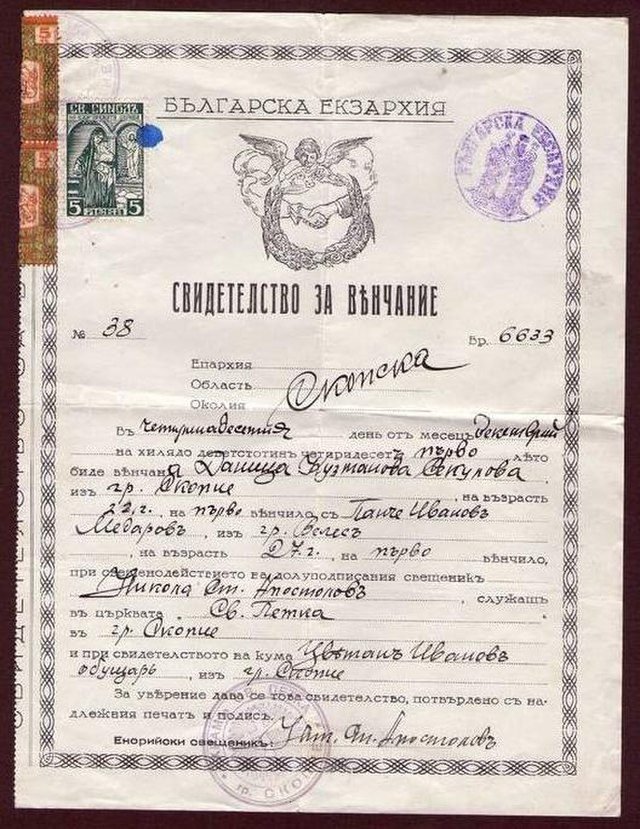
Step 7: Dive Into the Records (Carefully)
Once your base is solid, start exploring:
- Civil registration records
- Church registers (many are online now)
- Census records
- Immigration and ship manifests
- Military enlistments
- Land deeds and wills
Some free research resources:
- FamilySearch.org (record collections by country)
- National Archives (UK, US, and others)
- FindAGrave.com (cemetery records)
Create a simple research log to track where you’ve searched and what you’ve found—or what you didn’t find.
Bonus Tip: Don’t Skip the Local Newspaper Archives — The Gossip Columns of History
If family bibles and diaries were the private side of your ancestors’ lives, newspapers were their public stage – and, oh honey, the things you’ll find. Local newspapers are absolute goldmines for personal details you won’t find in official records. Engagement announcements, obituaries, school awards, court appearances (oops), business ads, petty scandals, war letters, and even “who had dinner with whom last Sunday” – it’s all there, captured in glorious old fonts and archived forever.
Why they matter:
Newspapers often preserve context that’s missing from cold dates and names. That obituary might name six siblings. That wedding announcement could confirm a maiden name. That weird ad your great-grandfather took out for his shoemaking business in 1903? Proof of residence and profession in one shot.
Where to find them:
- Chronicling America (free US papers from the Library of Congress)
- Local library websites and historical societies
- National or regional archives (many offer digitized newspapers now)
- Newspapers.com (paid, but often available for free at libraries or through your genealogy society)
Pro tip:
Search with wildcards and misspellings – old OCR (optical character recognition) tech is wonky, and your ancestors’ names might’ve been butchered in print. Try searching for known addresses, businesses, or even clubs they belonged to (“Knights of Columbus”, “Ladies Aid Society”, etc.).
And if your ancestor ever got in a bar fight, ran for school board, or hosted a quilting bee in 1898, trust me – it’s probably in print somewhere.
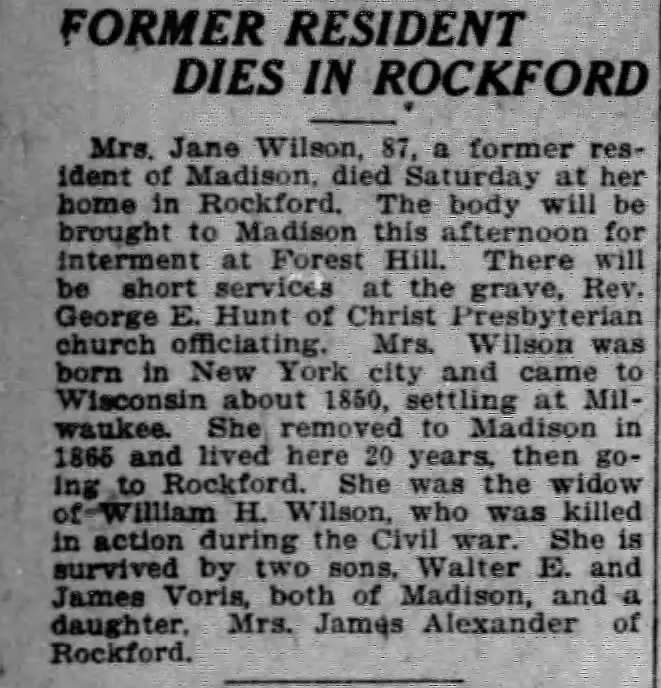
Step 8: Stay Curious, Patient, and Open-Minded
Genealogy is a long game. The answers won’t all appear in a day, but the thrill is in the hunt. You’ll find surprises, contradictions, mysteries, and the occasional scandal. Each discovery is a breadcrumb leading deeper into your past.
Start with structure, add curiosity, and you’ll build a family tree that’s not just names and dates, but a vibrant, living archive of your roots.
Looking for a custom-designed family tree map, obituary template, or an ancestor card as a keepsake? Subscribe to our newsletterto receive a notice when our product become available! Make your heritage something worth framing.



